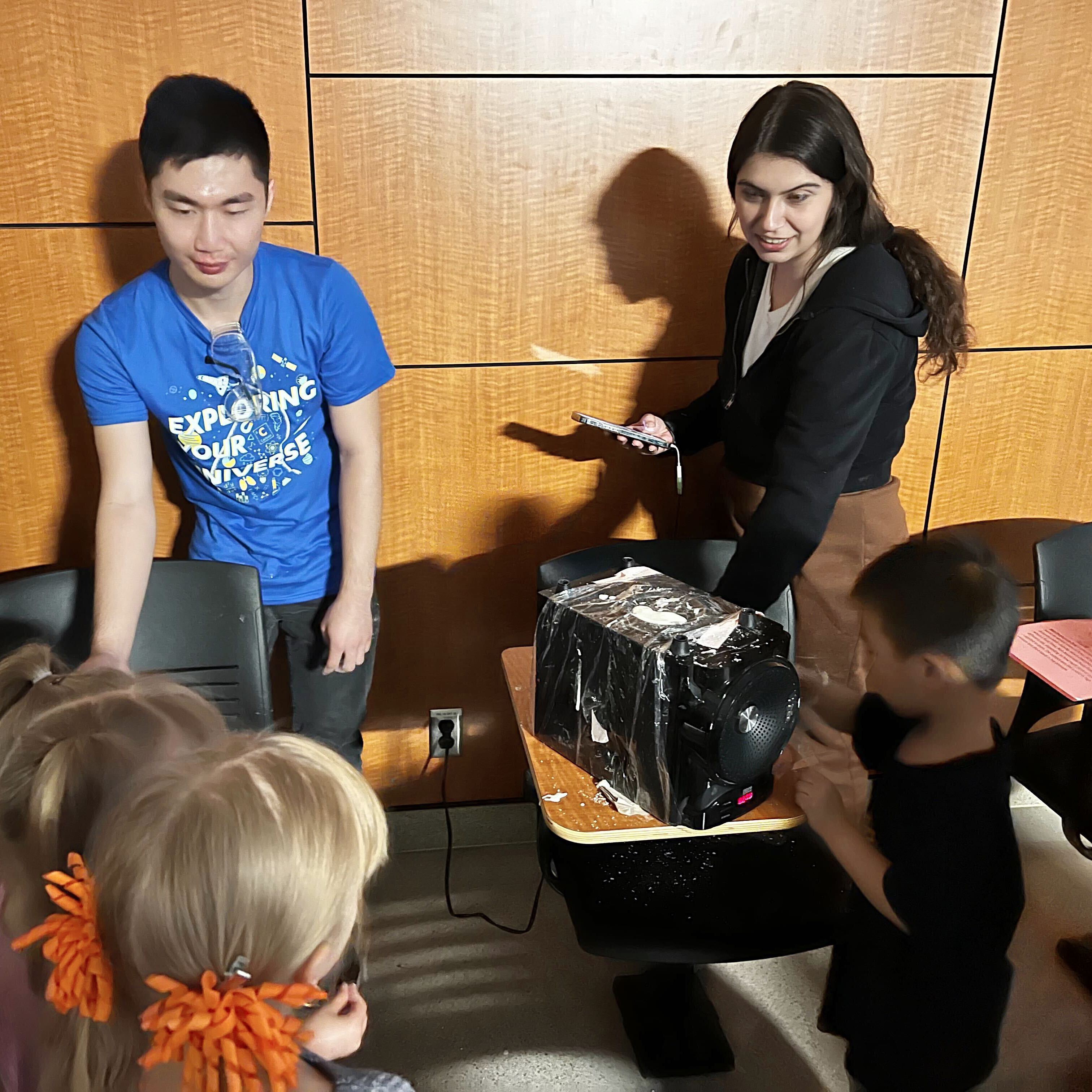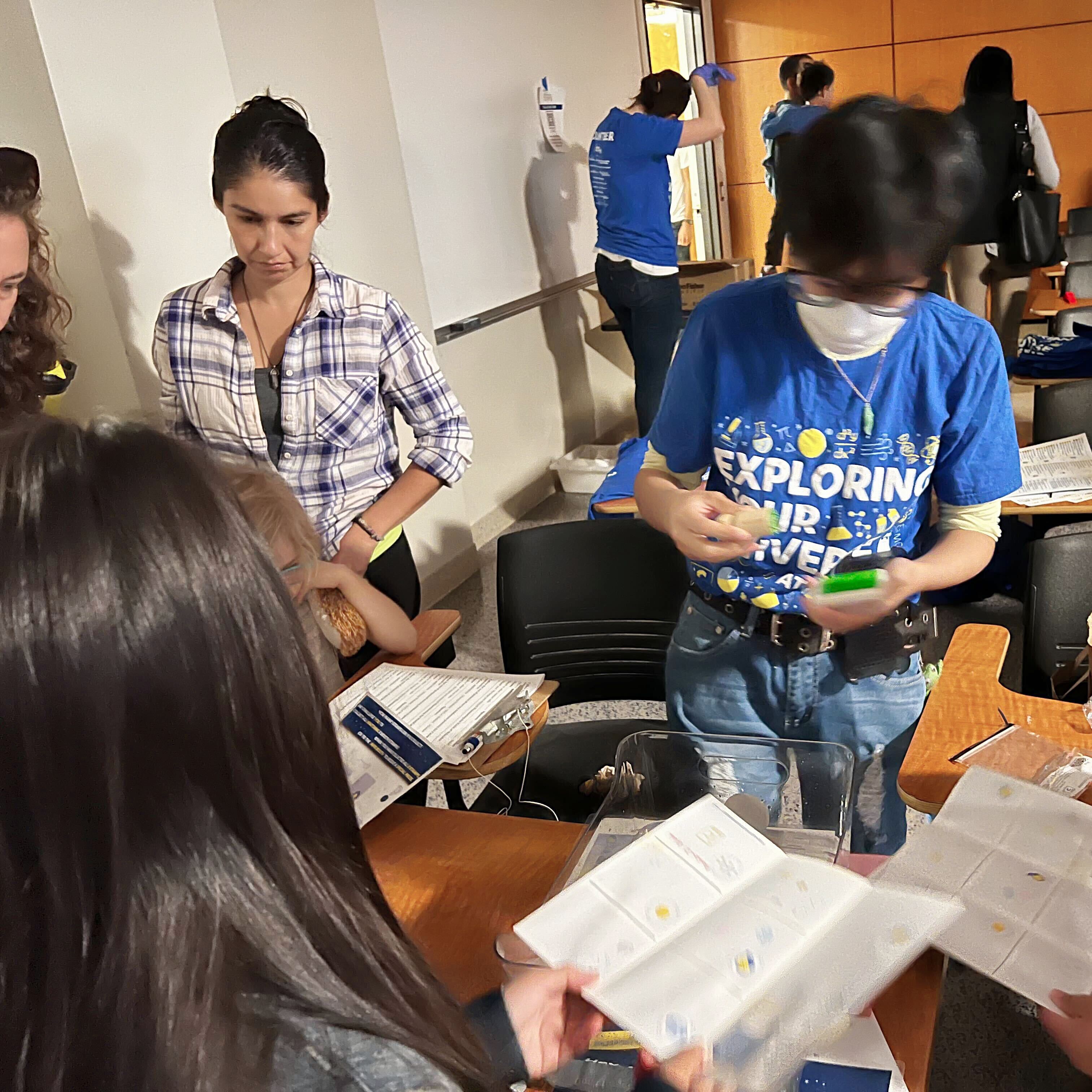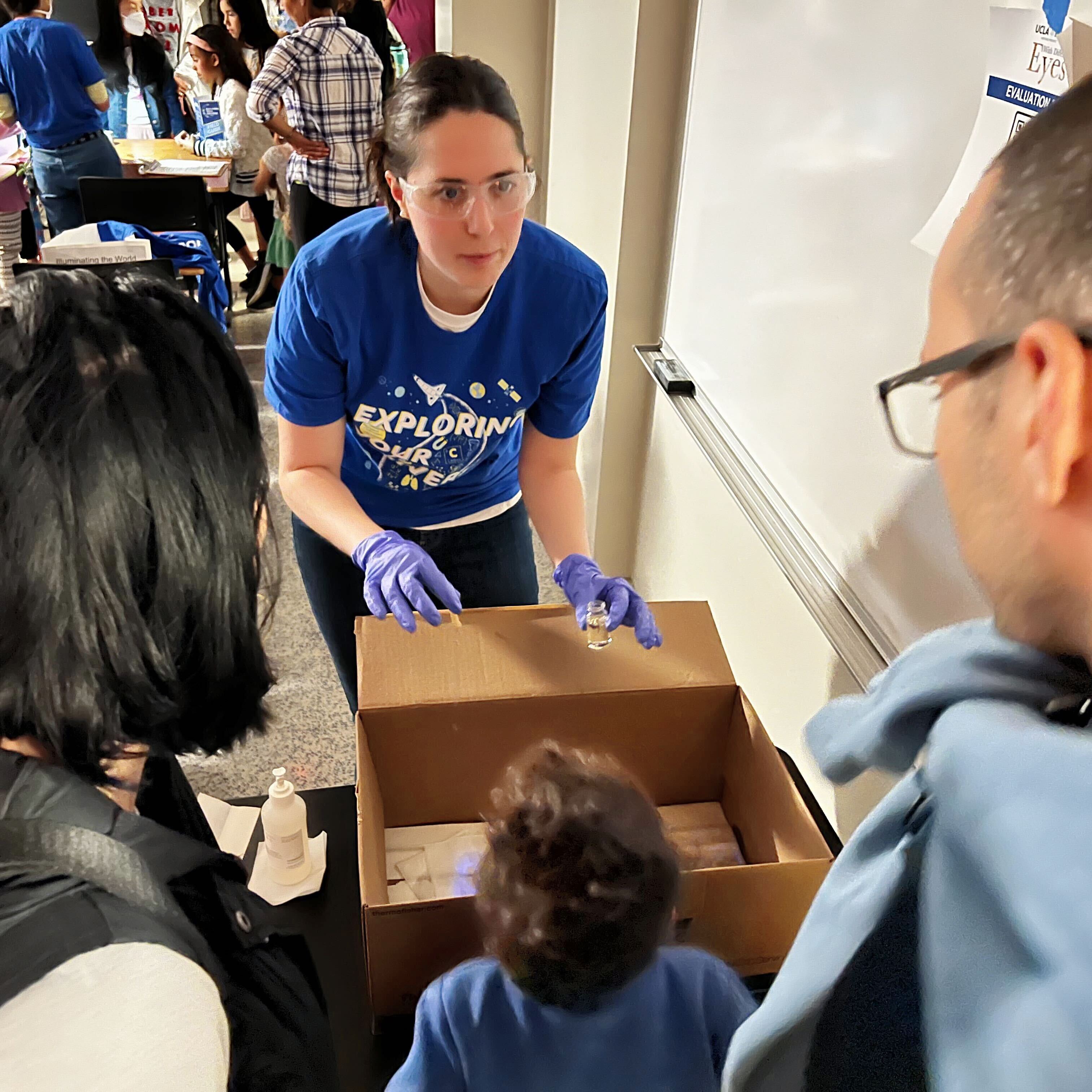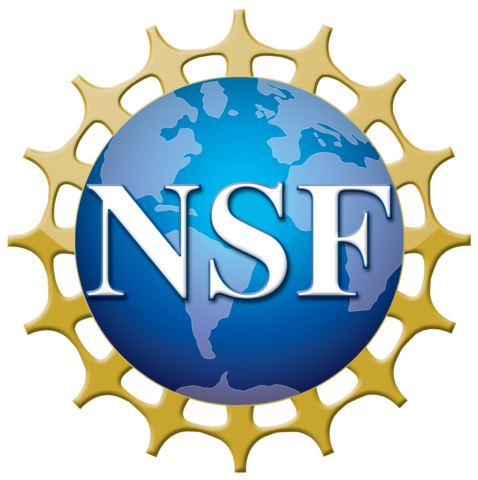Booth I
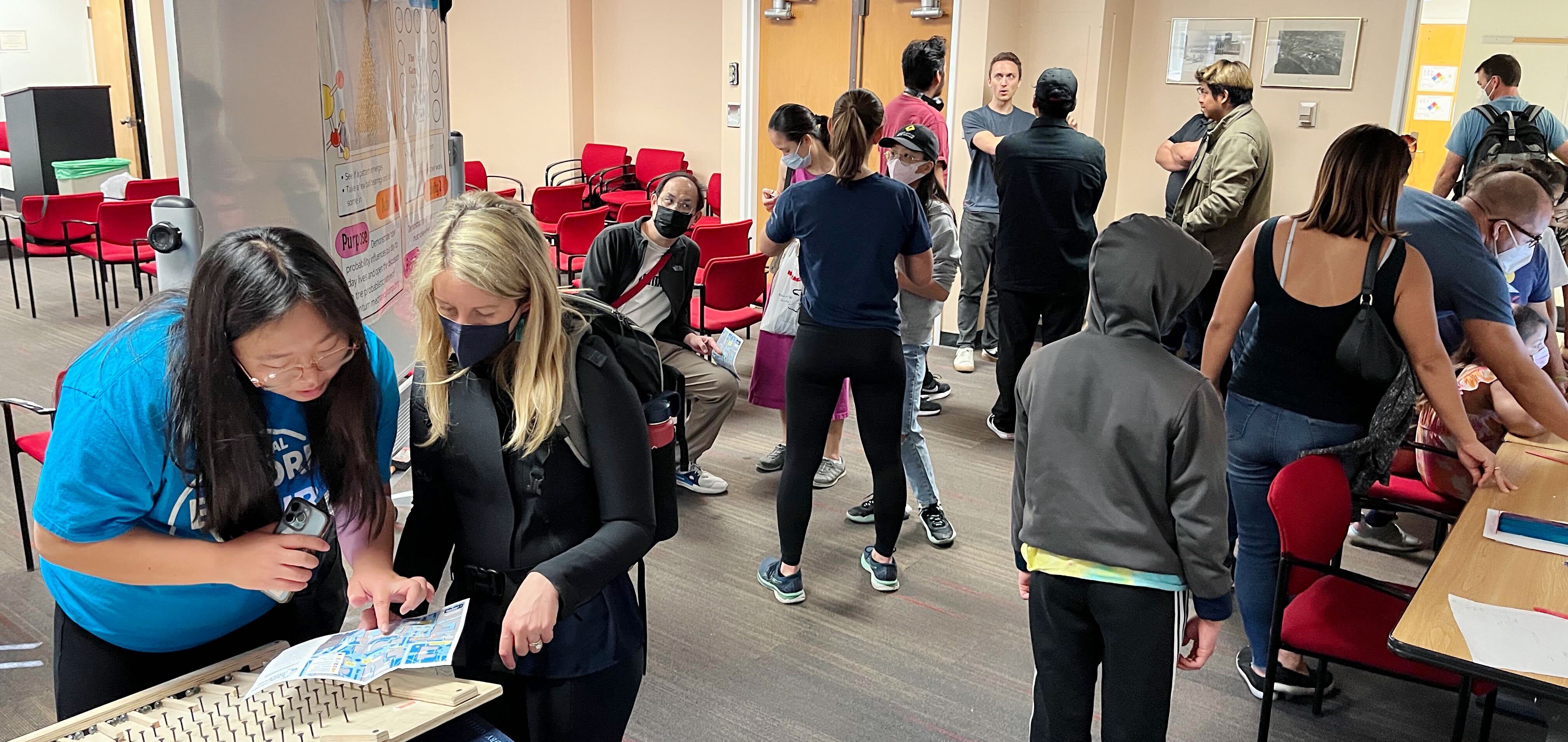
Leader: William Laderer
Members: Amanda Younes, Alejandro Ortiz, Jack Diab, Sanskriti Shindadkar, Winston Gee, Lucas Tecot, Tim He, Huy Nguyen, Abdulelah Alkhamis, Joe Peetz, and Ashley Shin
- Electron Transitions | Demonstrate the connection between electron transitions and quantum computers. Discuss how specific wavelengths of light differ in energy and how this is important for electron transitions. Additionally, explain how this is related to glow in the dark materials.
- Build Your Own Quantum Computer | Demonstrate the challenges we must solve when building a quantum computer. With the assistance of a Google quantum education platform/game. This game is simple and can be used to visually depict difficult concepts of decoherence and entanglement.
- How Can We Use Probability to Solve Our Problems | Demonstrate how probability influences our day to day lives and open the discussion to the probabilistic nature of quantum mechanics/computing.
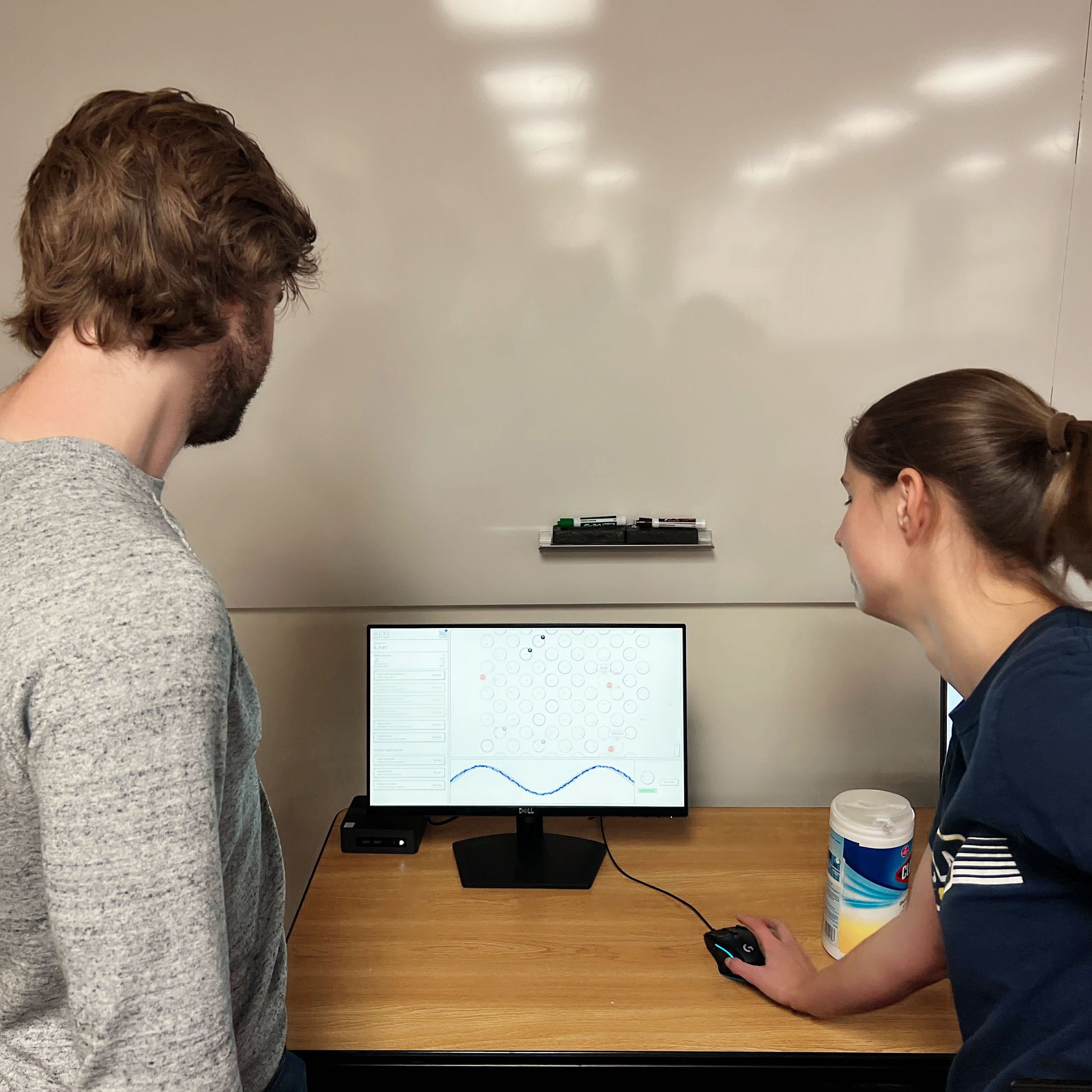
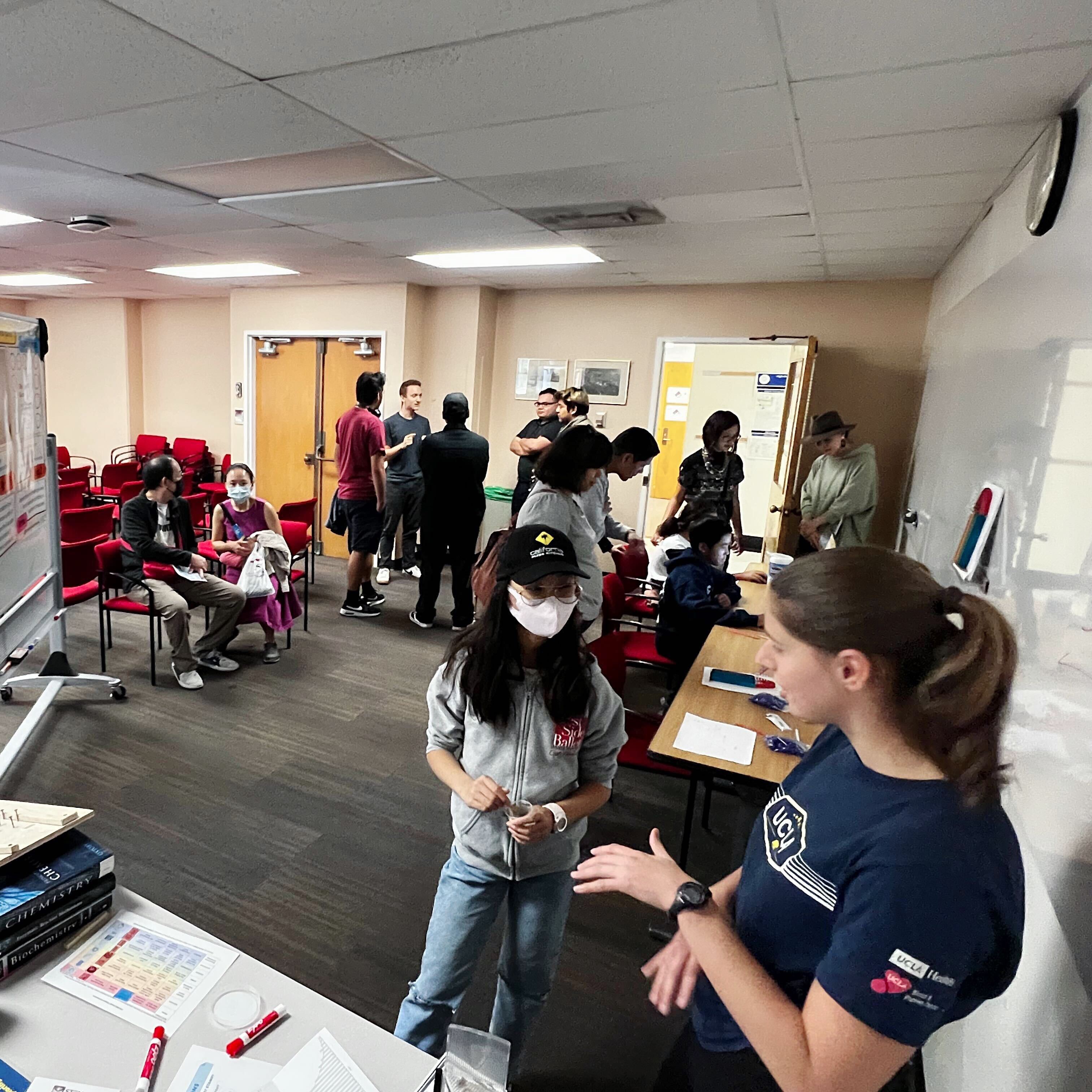
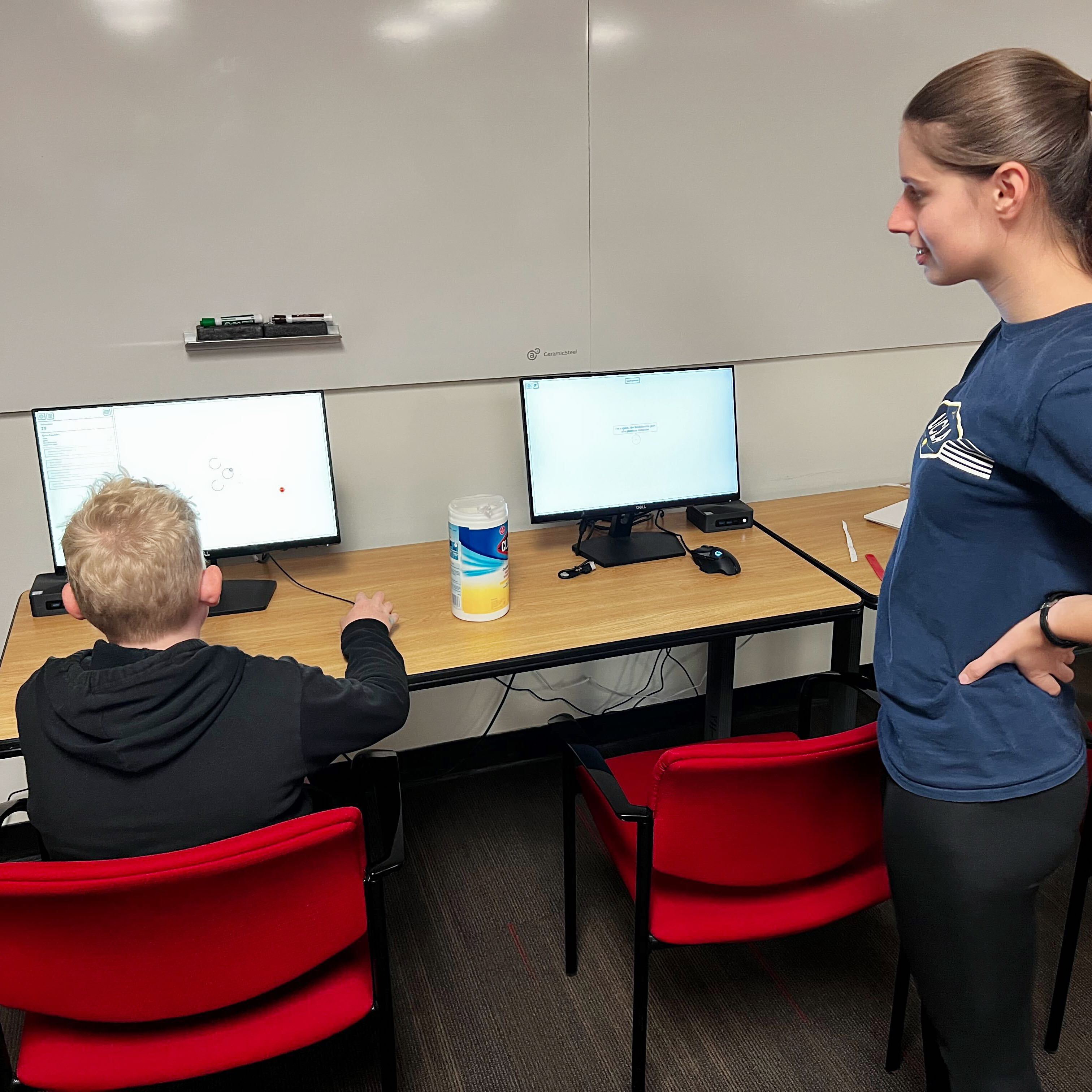
Booth II
Leader: Richard Liu
Members: John Cao, Hannah Liu, Ash Hua, Jannie Lorenz, Yongjia He, Belle Coffey, and Ashley Shin
- Wave Characteristics of Sound | Oobleck (non-Newtonian fluid) on subwoofer: the liquid/solid characteristics of oobleck visualizes the bass rhythm of music, where the high pressure points of the music are shown in the pattern of the oobleck on top of the speakers.
- Phosphorescence | Glow in the dark paper and UV beads: the beads get energized when exposed to UV rays and glow (or change color) accordingly. The paper gets energized when exposed to a laser pointer, can relate to storing ‘data’ on the quantum level.
- Interference | Sound wave software: this software visualizes how two different sources of sound constructively and destructively interfere with one another.
- Chemiluminescence | Crime scene chemistry: luminol is used in crime scenes to locate small traces of blood, because it interacts with the iron in hemoglobin to glow blue. Luminol also interacts with horseradish. So we can make a carpet with luminol footprint display to show kids how light science helps with crime scenes!
